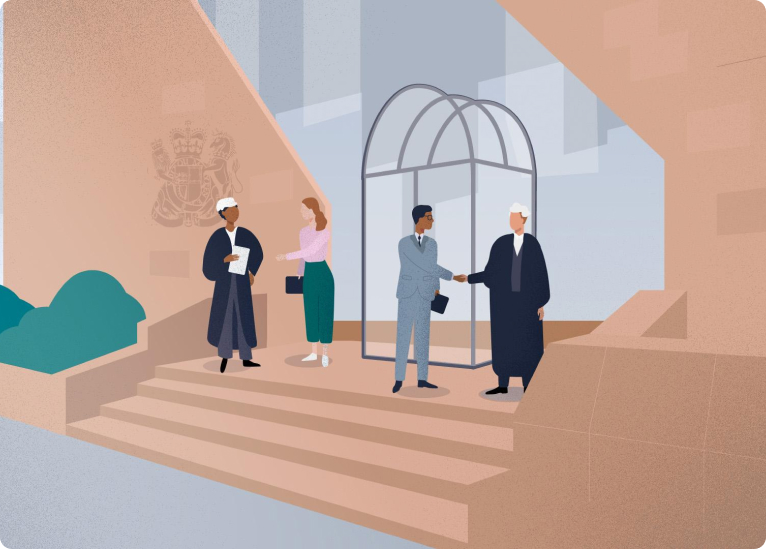Cases alleging fabrication, exaggeration, or malingering in personal injury claims are not uncommon and often result in suspicion amongst the parties. An important tool used by Defendants is covert surveillance. Applications to admit such evidence are invariably vigorously contested. Background In Perrin v Walsh [2025] EWHC 2536 (KB), a personal injury claim following a road…
Knowledge Hub
The latest insights and updates
Blogs
Discover the latest blogs from our team of experts
On Thursday 9th October, the Industrial Injuries Advisory Council (IIAC) published an information note concerning motor neurone disease in professional sportspeople. The rise in neurodegenerative illnesses among high-profile sportspeople over the last decade has drawn increased attention. This blog has previously covered civil claims by professional athletes, while many sporting authorities have implemented rules and…
In Debbie O’Connell v The Ministry of Defence [2025] EWHC 2301 (KB)the claimant failed in both negligence and strict liability, and further the claim was found to be fundamentally dishonest. For the purposes of strict liability pursuant to the Animals Act 1971, on s.2(2)(a) it was found that severe injury was not likely to be…
Recent Posts
Few disputes are as emotionally charged as those concerning the burial of a loved one. In a recent High Court action, the Claimants, two sisters, sought to give effect to their mother’s last wishes, that she be buried alongside their father. The Defendants, their two brothers by a different father, denied any such wishes. The…
Christmas is nearly upon us. For many, much of December passes by in a frenzy of Christmas shopping and frantic preparations for Christmas Day. But how much thought do we give to the inherent safety of the products that we are buying (and receiving)? What if one of those products turns out to be unsafe…
This blog addresses extensions of time for serving Particulars of Claim under the Civil Procedure Rules. It is extremely important to note immediately that the issue of time for service of the Claim Form is an entirely separate matter. Service of the Claim Form is regulated very strictly by CPR rules 7.5 and 7.6. These…
Explore a range of collected insights written by our team of experts
We are committed to the principle of knowledge sharing, ensuring that you and your clients always have access to the latest and best insights.
- Blog categories
- Personal Injury
- Inquests
- Disease
- Clinical Negligence

News
Discover the latest news from our team of experts
We would like to wish everyone a very happy Christmas and a prosperous New Year from everyone at Chambers. Please...
The Abbott cohort of claims consists of approximately 5500 Claimants who bring claims for noise-induced hearing loss, said to have been caused...
It is with great delight that we announce Jack Stuart will be taking over as Chair of the Nottinghamshire Junior...
Events
Discover the latest events from our team of experts
Previous Event
Join us at Ropewalk Chambers for the Private Client Seminar hosted by the Nottinghamshire Junior Lawyers Division – NJLD. They will be covering a range of topics relating to Private Client practice, including an Introduction to Private Client in Practice, Trusts and Estates Disputes and Contentious Probate. This event is open to practitioners of all levels,…
Webinars
Discover the latest webinars from our team of experts
Previous Webinar
Join us for our upcoming webinar, Personal Injury Liability Update 2025, on Thursday 2 October 2025 at 1:00 pm. Presented by our newest tenants, Dominic Parisutham and Louise Gillett, this session will provide practical insights into the most significant recent cases and their implications for practitioners. Key cases and issues covered include: J D Wetherspoon…
Publications
Discover the latest publications from our team of experts
Jack McCracken has written a case analysis for Lexis+ UK on the recent County Court decision in the HAVS case...
Gareth McAloon has recently had a guest appearance on an episode of Shoosmith's Serious Injury Podcast titled Inquest Process and Care Home Claims....
To download a PDF copy of this article, please click here. On 12th January 2022, judgment was handed down in...
